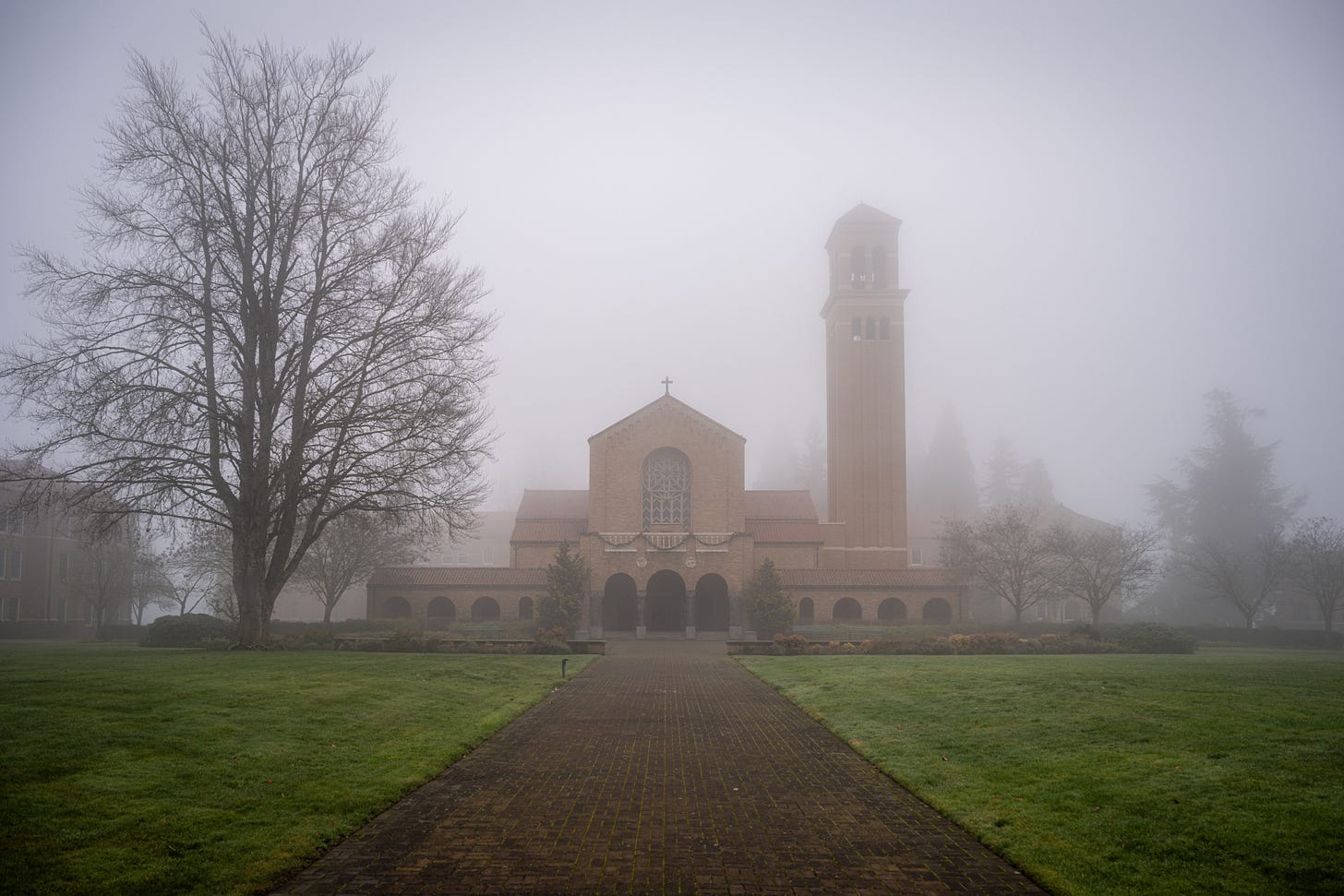The month of January is named after Janus, the Roman god of beginnings and endings, of doors, thresholds, and passageways. Janus is often depicted as having two faces looking in opposite directions — one toward the past and the other toward the future. It’s fitting then that we often take time in Januarius (“the …
Keep reading with a 7-day free trial
Subscribe to Snail Mail to keep reading this post and get 7 days of free access to the full post archives.



